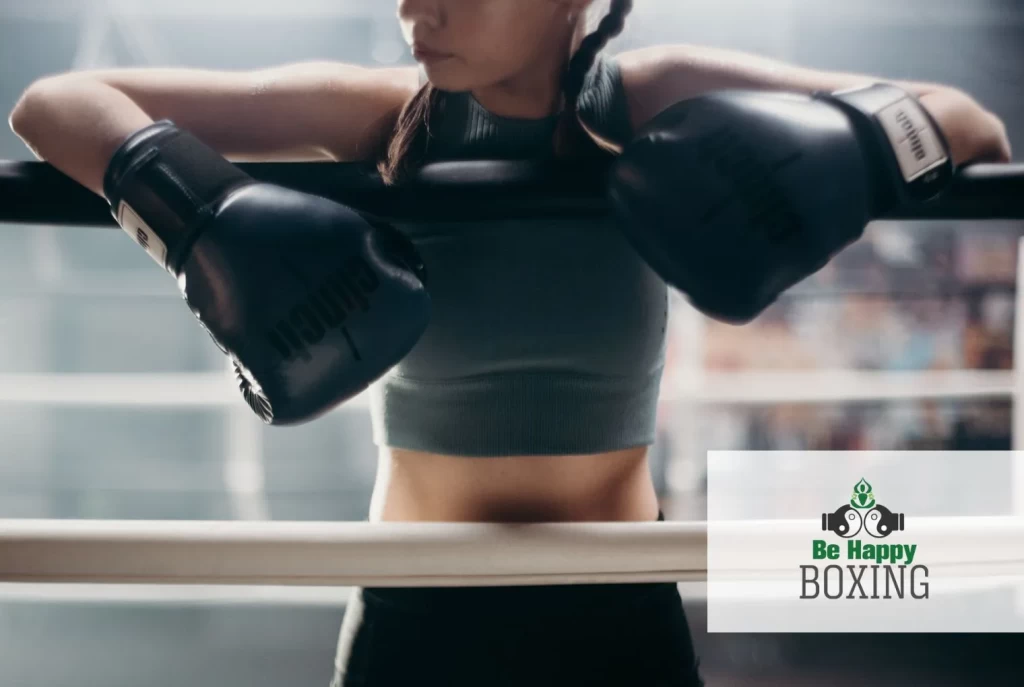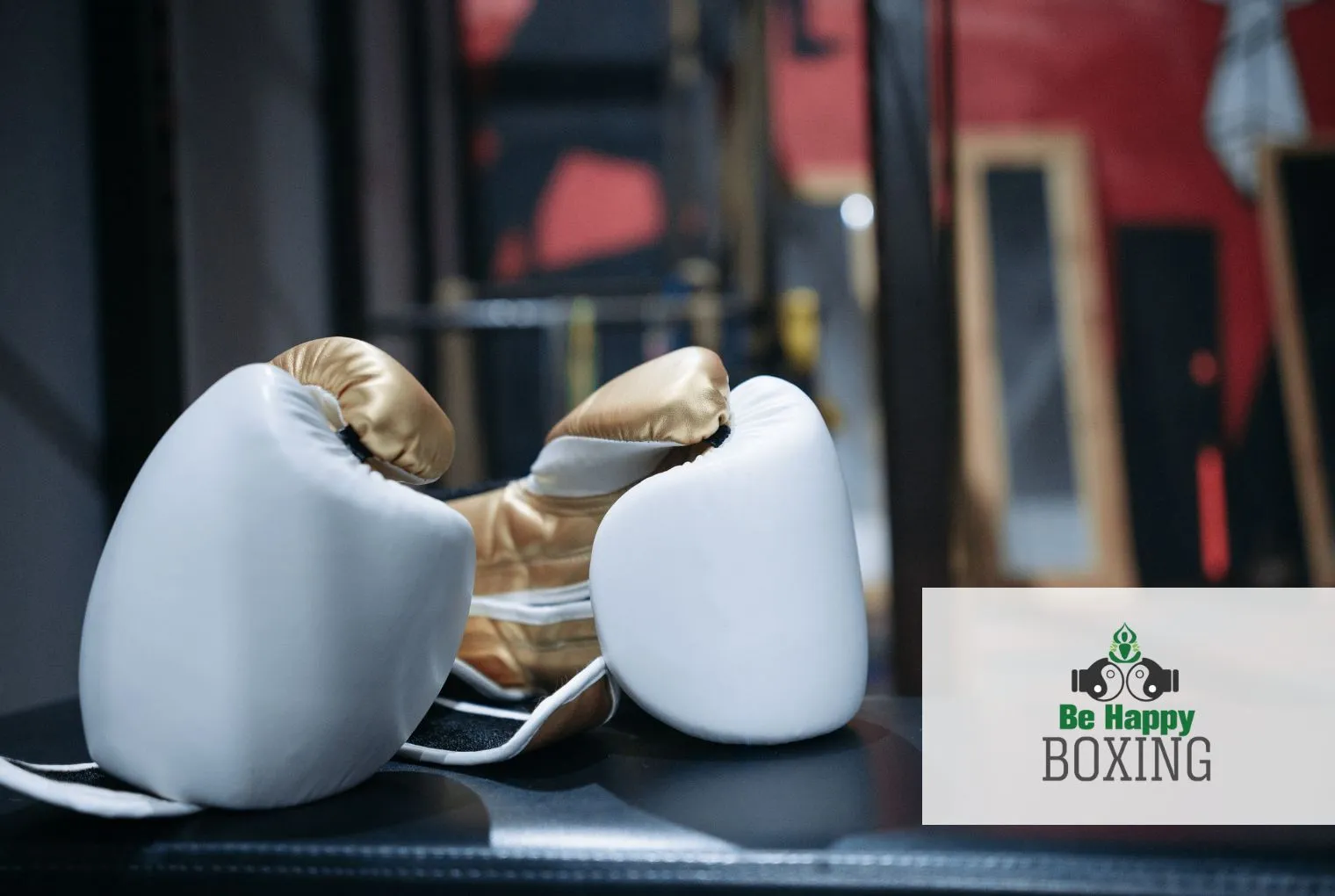Boxing, a sport steeped in history and grit, has evolved tremendously from its brutal beginnings. One of the most significant changes in its evolution? The introduction of the first boxing gloves.
Boxing gloves are now essential pieces of gear but were not always part of the fight, and understanding their origins offers a fascinating look into the development of both the sport and the safety of its athletes.
Key Takeaways
- Boxing gloves were first used in 1743 by Jack Broughton, but they weren’t required in official fights until the Marquess of Queensberry Rules in 1867.
- Gloves protect both fighters—not only reducing facial injuries but also preventing hand fractures and encouraging more strategic fighting.
- Boxing has ancient roots, with early forms of the sport appearing in Egypt, Greece, and Rome, where fighters used leather straps and even metal-studded gloves before modern gear was introduced.
Where Did Boxing Originate?
Boxing has ancient roots, dating back to at least 3000 BCE. Early depictions of boxing-like combat have been found in Mesopotamian and Egyptian art, but it was in ancient Greece where boxing became an organized sport.
Known as “pygmachia,” it was included in the Olympic Games in 688 BCE. Fighters would wrap leather straps around their hands—not for protection, but to inflict more damage on their opponents.
The Romans took it a step further with the cestus, a glove-like weapon that often contained metal or spikes. These brutal versions of boxing were more about survival than sport, and the contests often ended in severe injury or death.
Boxing disappeared after the fall of the Roman Empire, only to resurface in 17th- and 18th-century England, where bare-knuckle fighting became a popular form of entertainment among the working class.
When Were Boxing Gloves Invented?
The first official use of boxing gloves came in 1743 when English boxing champion Jack Broughton introduced “mufflers”—padded gloves intended for training and practice. Broughton, often credited as the “father of English boxing,” also developed a set of rules to make boxing safer.
However, gloves didn’t become mandatory in competitive matches until the introduction of the Marquess of Queensberry Rules in 1867. These rules, which form the foundation of modern boxing, emphasized skill and strategy over sheer brute force.
Gloves were required to reduce facial cuts and broken hands, shifting the sport into a more regulated and respected arena.
Why Do Boxers Wear Gloves?
Boxers wear gloves primarily for safety reasons—not just for their opponents, but for themselves. Bare-knuckle punches can cause serious injury to the hands and face. Gloves help to:
- Distribute impact more evenly, reducing the risk of broken knuckles or wrists.
- Prevent cuts and bruises, especially around the sensitive facial area.
- Extend the length of fights by making them less bloody and less lethal.
- Encourage technique, as gloves change the way punches are thrown and defended.
While gloves do not eliminate the risk of injury—brain trauma from repeated blows is still a major concern—they do significantly reduce superficial injuries.
The First Boxing Gloves: A Turning Point
The original “mufflers” were simple, often made from horsehair padding and leather. Over time, innovations in glove design led to more standardized equipment with better padding, wrist support, and sizing. Modern boxing gloves are regulated for professional and amateur competition and come in various weights depending on the fighter’s class and the type of bout (e.g., sparring, competition, training).

What Were the First Boxing Gloves Made Of?
As we mentioned, the first boxing gloves—known as “mufflers”—were introduced in the 18th century by Jack Broughton. These early gloves were typically made of:
- Soft leather on the outside
- Horsehair padding or similar natural materials inside
They were designed primarily for training and exhibitions, not official matches, and were far less protective than today’s gloves. The goal was to cushion blows slightly during practice rather than to ensure safety in competitive bouts.
Over time, materials and construction evolved to include more durable leather and advanced foam padding for better protection and support.
Are Boxing Gloves Mandatory?
Boxing gloves are mandatory in all regulated amateur and professional boxing matches today.
They are required by organizations like the International Boxing Association (IBA) for amateur bouts and various state and national athletic commissions for professional fights. They also must meet strict size and weight specifications based on the fighters’ weight class and the type of match.
Using gloves is not just a rule—it’s a safety standard. They help:
- Prevent hand injuries
- Reduce facial cuts
- Encourage fair, strategic fighting
In bare-knuckle boxing, which is a separate combat sport, fighters do not wear traditional boxing gloves but may wrap their hands according to specific rules. However, this format is also heavily regulated and distinct from modern boxing.
Final Thoughts
The evolution of boxing gloves mirrors the transformation of boxing itself—from a no-holds-barred brawl to a respected and regulated sport. What began as a means of maximizing damage has become a tool for safety, fairness, and professionalism.
Today, boxing gloves are not only a symbol of the sport—they’re a testament to how far it’s come.
Frequently Asked Questions
What materials are modern boxing gloves made of?
Today’s boxing gloves are typically made of synthetic or genuine leather on the outside, with high-density foam or gel padding on the inside for shock absorption. Some high-end gloves use layered foam technology to enhance protection and durability.
Are there different types of boxing gloves for different purposes?
Yes. There are various types of gloves, such as training gloves, sparring gloves, bag gloves, and competition gloves. Each type is designed with a specific use in mind—some prioritize wrist support, and others focus on impact cushioning.
How are glove sizes and weights determined?
Boxing gloves are measured in ounces (oz), and common sizes range from 8 oz to 16 oz. Heavier gloves are often used for training and sparring to offer more padding, while lighter gloves are reserved for competition, depending on the fighter’s weight class and the event’s regulations.





